Anna Sawai plays Lady Toda Mariko in a TV series titled Shōgun, an adaptation of James Clavell’s novel of the same name.
The show depicts feudal Japan in 1600, focusing on opposing forces striving for power. At the heart of the conflict is John Blackthorne, an Englishman who becomes a game-changer for a particular daimyo. Lady Mariko also has a significant role in shaping Japan’s future.
1. Was there a real “Lady Mariko”?
Hosokawa Gracia is the real-life inspiration for Shōgun’s Lady Mariko.
In the TV show “Shōgun,” Anna Sawai plays Lady Mariko, a character inspired by the real-life figure Hosokawa Gracia. Lady Mariko is a staunch supporter of Lord Toranaga, who finds himself at odds with other regents.
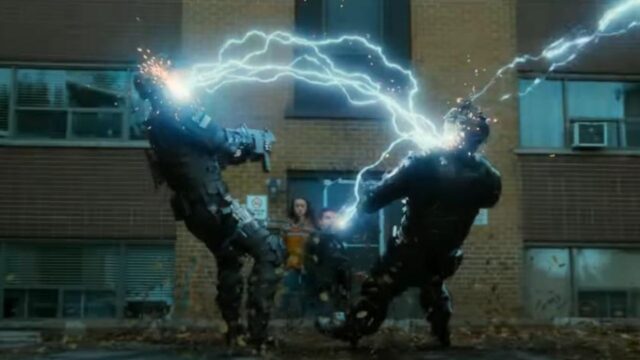
Although their marriage appears more political than romantic, Lady Mariko’s education and accomplishments make her a valuable asset.
She is a devout Christian who can speak multiple languages, contributing to her budding relationship with John Blackthorne as a translator and gradually developing a closer bond with him.
Gracia, also known as Hosokawa Garasha, was born into the Akechi clan in 1563. She converted to Christianity and was baptized but didn’t get involved with William Adams, the man who inspired Shōgun’s John Blackthorne.
Despite this, Gracia was a significant figure during the Sengoku period in Japan. After being labeled the traitor’s daughter, she was forced into hiding. Her situation worsened when her husband, Hosokawa Tadaoki, joined the Eastern Army in the Battle of Sekigahara in 1600. This battle resulted in a shift in Japan’s rulership until 1886.
2. What happened to the Real Lady Mariko?
The real Gracia was trapped between two armies and forced to become a hostage by Ishida Mitsunari to gain support from his rivals. Instead of accepting this, she ordered her servant to help her commit suicide at the age of 38.
Lady Mariko’s skills and intelligence will remain important for Lord Toranaga in the series Shōgun. However, it is unclear if this fictional character will share the tragic fate of her historical inspiration.
Despite conflicting reports on whether someone else orchestrated Gracia’s death, the consequences were significant. It affected Ishida Mitsunari’s plans to utilize Christian converts as potential allies, ultimately contributing to his defeat at the Battle of Sekigahara.
Consequently, Ieyasu established the Tokugawa shogunate, leading to his clan’s rule over Japan till 1868.
This marked a transformative period with notable economic growth. Given that “Shōgun’s Lord Toranaga” is inspired by Tokugawa Ieyasu, it will be intriguing to observe how elements of Japanese history are portrayed in the show.
3. About Shōgun
Shōgun is an upcoming American historical drama television limited series based on the 1975 novel of the same name by James Clavell. The novel was previously adapted into a 1980 television miniseries.
The series is set to premiere with its first two episodes on February 27, 2024, on Hulu and FX, with new episodes of the 10-episode series then releasing weekly.
Shōgun follows “the collision of two ambitious men from different worlds and a mysterious female samurai; John Blackthorne, a risk-taking English sailor who ends up shipwrecked in Japan, a land whose unfamiliar culture will ultimately redefine him; Lord Toranaga, a shrewd, powerful daimyo, at odds with his own dangerous, political rivals; and Lady Mariko, a woman with invaluable skills but dishonorable family ties, who must prove her value and allegiance”.
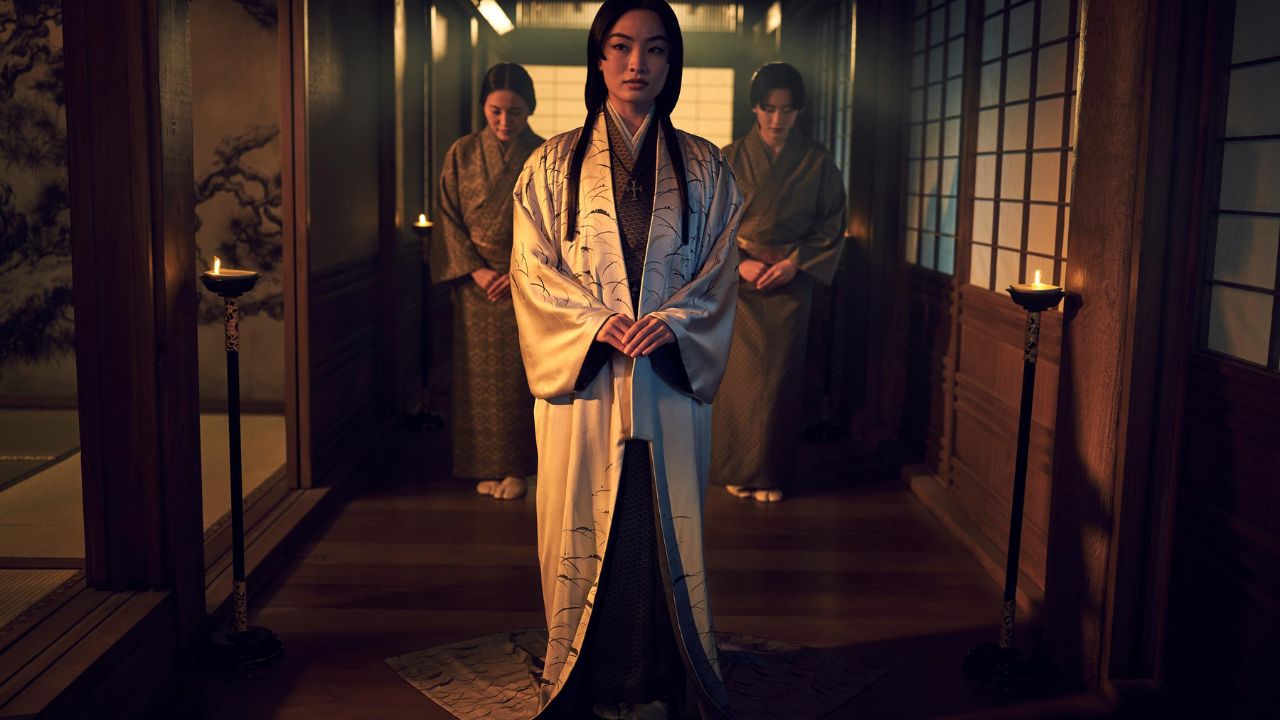
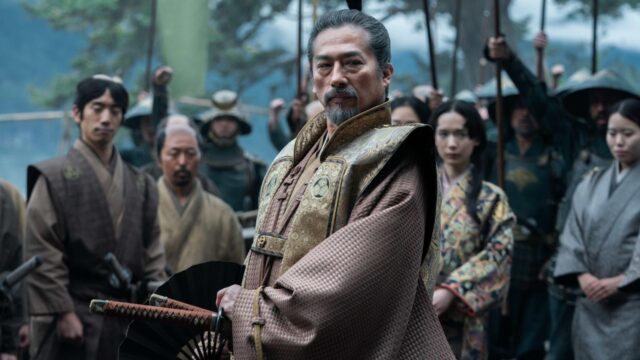
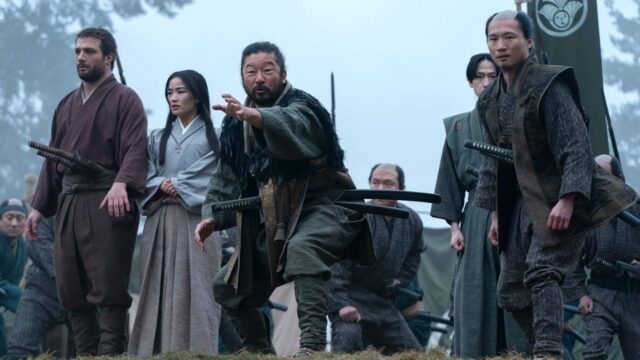
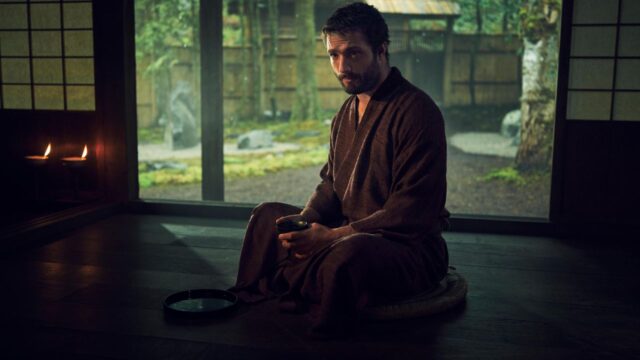
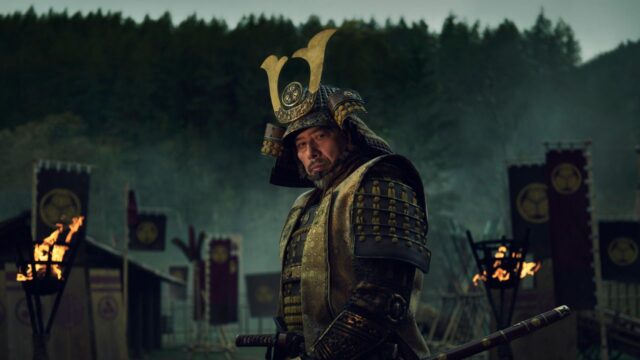
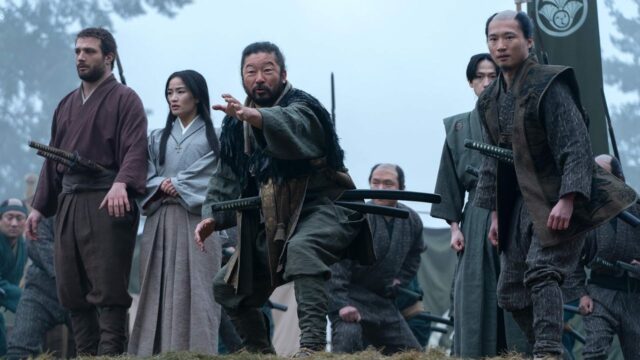
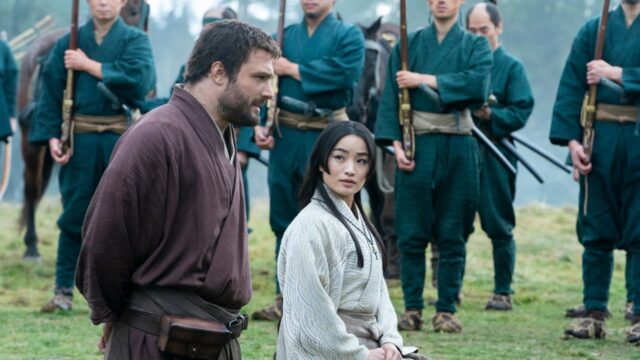
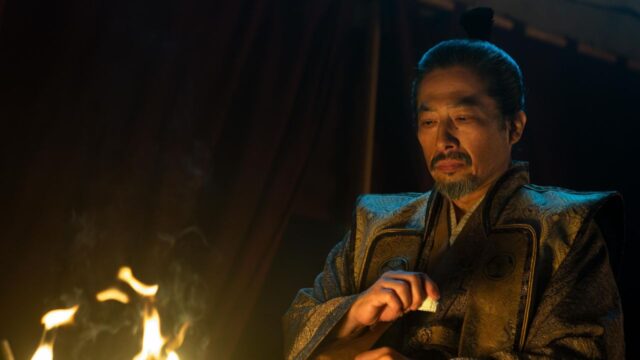
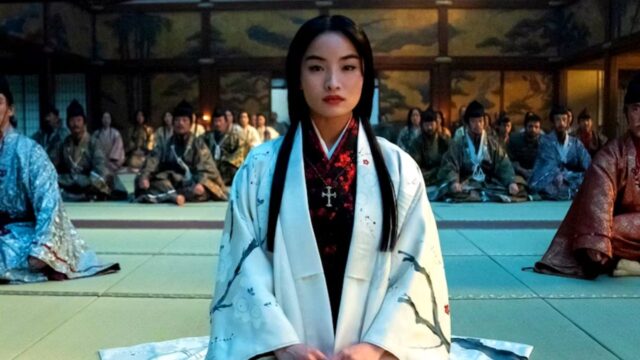
No Comments on Shogun: Anna Sawai’s Lady Mariko’s Real-Life Connection Explained